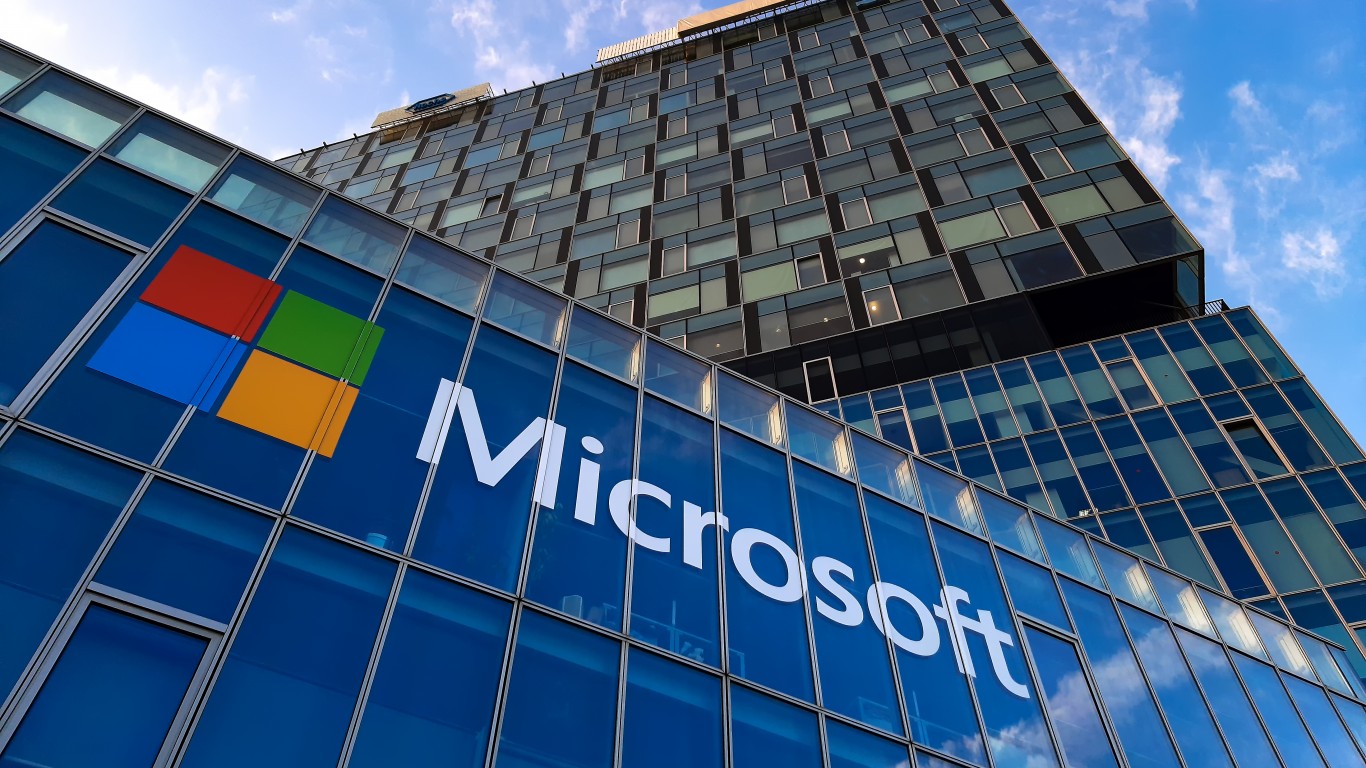

Happy Earth Day! In celebration of this planet we call home, we wanted to highlight some of the companies that are pushing technology forward to a sustainable future.
Modern society brings modern problems. Problems such as climate change, labor exploitation, ocean pollution, greenhouse gas emissions, natural disasters, food shortages, and chronic illnesses just to name a few. We have compiled a list of American companies that are on the cutting edge of renewable technology to bring solutions to our modern problems and create a better, fairer, and healthier world. There are many more companies than we could possibly list here, and we encourage you to seek them out.
For this list, we consulted American companies that are currently operating and have some kind of impact on renewable energy, renewable technology, and other related fields. For obvious reasons, we avoided any company that has links to coal, oil, or other polluting industries.
#1 Pivot Bio
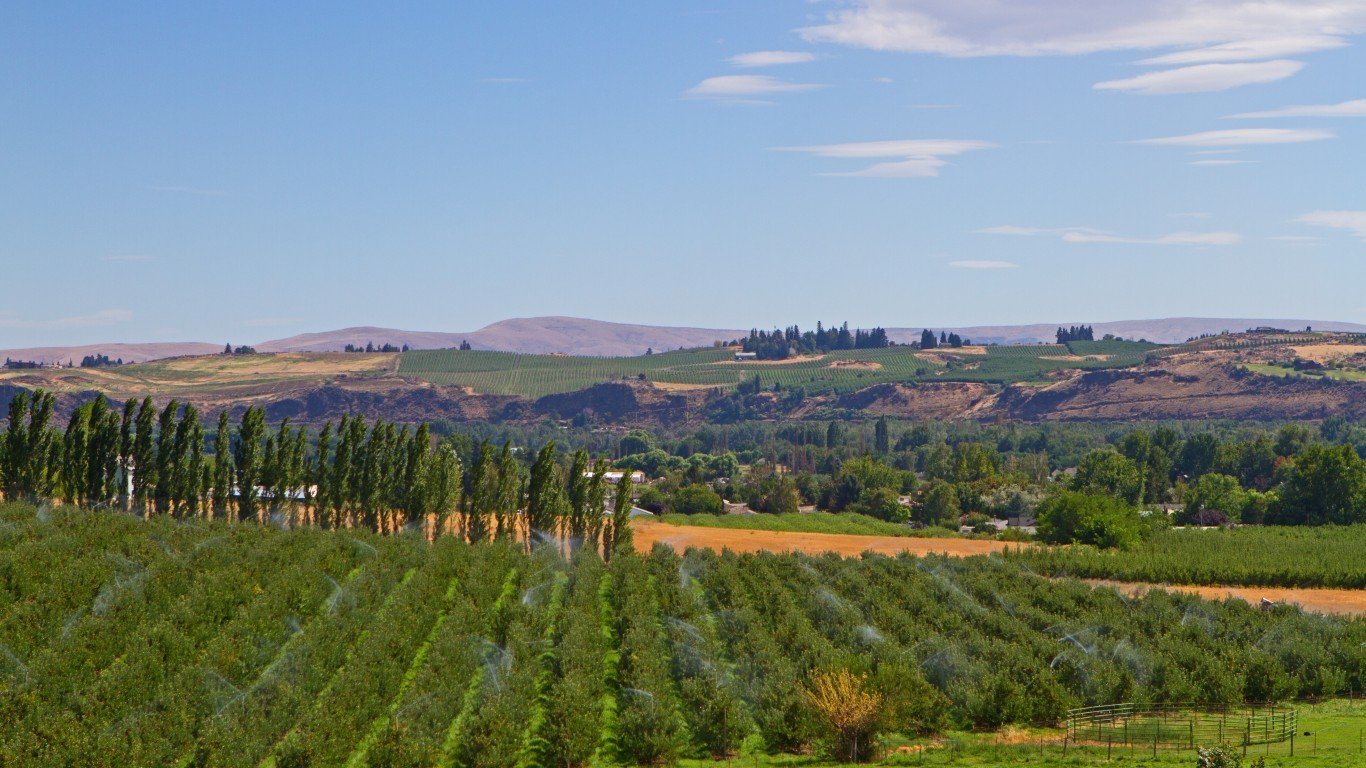
Pivot Bio is transforming the way we farm and produce food. A critical industry that also has high carbon emissions has been an industry in need of innovation for some time. Pivot Bio replaces harmful fossil-fuel-based fertilizers with earth-friendly microbes that pull nitrogen directly from the air and send it directly to plant roots. Their product is currently replacing 25% of all standard nitrogen fertilizers. It also developed a cutting-edge coating for certain seeds such as corn and oats that farmers can plant with no additional steps- saving time, labor costs, and reducing emissions!
Along with its planting and growing technology, Pivot Bio has also developed a platform that connects farmers with food companies in the market for production methods that reduce emissions, giving growers much-needed additional income.
#2 Zipline

Drone delivery is no longer a hope for the future, but a feature of the present. What started as a critical medical supplies, vaccines, and blood transfusions delivery service for remote parts of Rwanda, Ghana, and Nigeria, this San Francisco-based company has brought its technology to the United States.
In September of 2023, it was authorized by the U.S. Federal Aviation Administration (FAA) for its drone technology to make commercial delivery “beyond visual line of sight,” the first company to get this authorization. Zipline is currently dispatching deliveries for prescriptions and medical supplies in Utah, as well as Walmart deliveries in Aransas. With this new authorization, the possibilities for food, small packages, and other commercial goods are on the horizon.
Zipline drones are fully electric, and battery-powered with zero carbon emissions, helping the delivery industry better for the environment and better for companies’ bottom lines with cheaper operating costs.
#3 Brightline

For a country that was built to accommodate cars and traffic, any form of public transportation can feel old-fashioned and inconvenient. Brightline is trying to change that! Brightline’s 100% electric high-speed rails already have been making headway in Florida, with a direct Orlando to Miami route. The trains travel at 186 MPH (making them slower than true high-speed rails that are common in Asia and Europe that can travel up to 225 mph) and can transport Disney goers to South Beach in a little under 3 hours rather than a 3–5 hour, 240-mile car commute depending on traffic. The average ticket price is $50 and the rail offers free Wi-Fi, plush seating with plenty of legroom, and refreshments. Airline prices can range from $90-$250 for the same route.
After demonstrating an urgent need for high-rail speed by accommodating more than 5 million riders since 2018, Brightline received a $3 billion grant from the federal government to start construction on their Las Angeles to Los Vegas route. The route is set to open by late 2027, just in time for the L.A. Summer Olympics. The company says that it has reduced greenhouse gas emissions by an estimated 79,000 metric tons since the Florida line opening.
#4 Gensler

Picture this: a once thriving metropolis of sky-scrapers and tech-bros feeding a growing economy reduced to a ghost town of previous opulence and prestige. Unusable office spaces sitting empty, while unhoused populations are at an all-time high. Did you picture any large cities like San Francisco or Chicago? A gold star to you for being socially aware if you did!
The ongoing COVID-19 pandemic forced changes out of a lot of companies, primarily converting office commuters to remote workers. With remote work as something exceptionally beneficial to employees, most are not eager to return to hellish traffic commutes or forced office small-talk. Many companies are finding a need to pivot office spaces into something else, rather than lose that sweet lease money.
Gensler is attacking this problem head-on by utilizing its architectural algorithm to determine which now-empty office spaces quickly and cheaply can feasibly be turned into thriving residential spaces. Not every previous workspace is ideal for residential living. Although space and locations are adequate, some buildings would not allow most converted residential units to have windows or other critical amenities like plumbing and heating, as many spaces were originally designed as spacious large open-concept rooms.
This amazing cutting-edge technology can assess a building’s layout, design, core-to-window depth, and 150 other critical aspects by pulling data from public data, broker websites, and subscription services in a matter of hours. It then gives each building a viability score quickly and inexpensively.
This San Franciso-based company has already utilized its technology to acquire conversion approval for 17 buildings in Calgary, with 5 of them set to be finished by the end of 2024. These are among the 1,200 buildings that have already been assessed globally and over 150 buildings are currently in various stages of conversion worldwide. The algorithm is currently also being used to assess buildings for the possibility of converting office spaces into life science labs and data centers as well.
#5 Antora

Antora Energy has developed a low-cost, highly efficient thermal battery that stores electricity as heat! This allows manufacturers and other businesses in the energy industry to eliminate their fossil fuel usage altogether. Antora’s cutting-edge heat-to-power technology might be the missing piece to the renewable energy puzzle that we’ve been waiting for. The battery stores energy from when electricity is cheapest, like when the sun is the brightest or wind is the strongest, and stores that electricity in the form of heat in inexpensively manufactured carbon blocks until the electricity is needed where it is then converted back into usable electricity through Antora’s thermophotovoltaic (TPV) technology. This process is zero-carbon, flexible, and can help alleviate increasing consumer energy prices. It helps us get the most out of our existing renewable energy sources. The company says that the integration of its batteries could reduce up to a quarter of all greenhouse gas emissions.
“There are already places in the U.S. where we have more wind and solar at times than we know what to do with. That is an opportunity for not only emissions reductions but also reducing energy costs. What’s the application? I don’t think the overproduction of energy was being talked about as much as the intermittency problem.”
-Jordan Kearns, Co-founder.
#6 Regenerative Resources

Regenerative Resources, based out of Houston, and founded in 2023 is making game-changing strides in the global commodities and supply chain industry. With growing concerns about climate change come growing concerns about global food security. Regenerative Resources has developed an integrated aquaculture and seawater agriculture system that is an alternative method for shrimp farming, as well as for growing fodder crops in untreated seawater. In locations where they have set up shop, they have seen a 100% increase in bird biodiversity, restored shallow aquifers, sequestered carbon, and cooled local temperatures. Their production outputs include Blue Carbon, shrimp, fish, salicornia, oysters, sea cucumbers, algae, fodder, and biofuels among other things.
Regenerative Resources transforms degraded coastal land into circular and regenerative nature-based solutions. With the loss of 1/3 of the Earth’s mangroves and seagrasses since the 1970s, there has been a devastating loss in natural, nature-based climate change alleviators. Mangrove trees and seagrasses store up to 10 times more carbon than land-based forests, with 60% of all ocean species relying on mangroves at some point in their lifecycles. Besides that, mangroves provide coastal protection from flooding due to storm surges, hurricanes, and sea-level rise. Regenerative Resources partners with local and indigenous communities to acquire degraded coastal land, transform it, and then commercialize the outputs. Partnering with and hiring indigenous and local communities keeps profits within the community and benefits the indigenous people in a multitude of ways.
#7 ByFusion Global
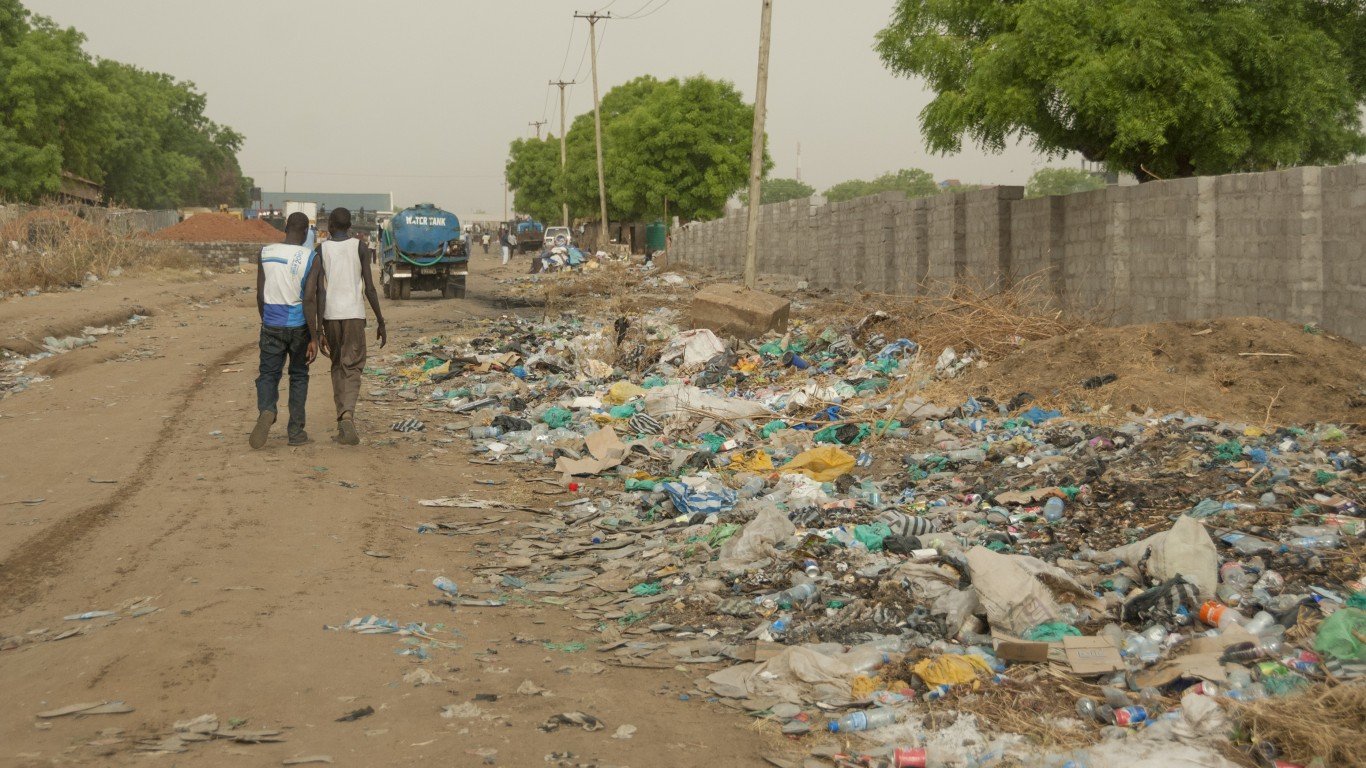
Founded in 2017, ByFusion Global has developed a process that transforms all and any type of plastic waste into building material called ByBlock. Oh, and did we mention that its process is environmentally friendly by using steam and compression and results in a zero-waste material? Well, it does!
These 22 LBS blocks require no glue or adhesive to install, produce 83% less CO2 than concrete blocks, and will never crack or crumble. They are currently being used to build accent walls, sound walls, sheds, furniture, and more across the nation! Besides that, it recycles previously unrecyclable plastics without wasting resources sorting or prewashing thereby reducing the stress on waste management and recycling infrastructure. The blocks are also non-toxic as they don’t require any additional chemicals, fillers, additives, or adhesives creating healthier built environments. And it protects our oceans and waterways by removing plastics from the ocean.
#8 Canovation

Canovation is one of the leaders in reducing single-use plastic. With their patented technology, CanReseal, they have significantly improved the beverage, CBD, Pharmaceuticals, Food/snack, Pet Food, Paint, and household care industries. Its innovative CanReseal is the first ever air and liquid-tight resealable can. This makes metal cans accessible for a wide variety of products and industries, eliminating the need for plastic packaging altogether. Their design is fully resealable, fully recyclable, helps contribute to the circular economy, creates a zero-waste product, and is no more expensive to produce than a traditional pull-tab can.
“Groundbreaking technology sometimes stems from simple innovations that evolve manufacturing processes without disrupting existing infrastructure and supply chains.”- Michelle Merrell, Chief Marketing Officer
#9 Retrn Bio
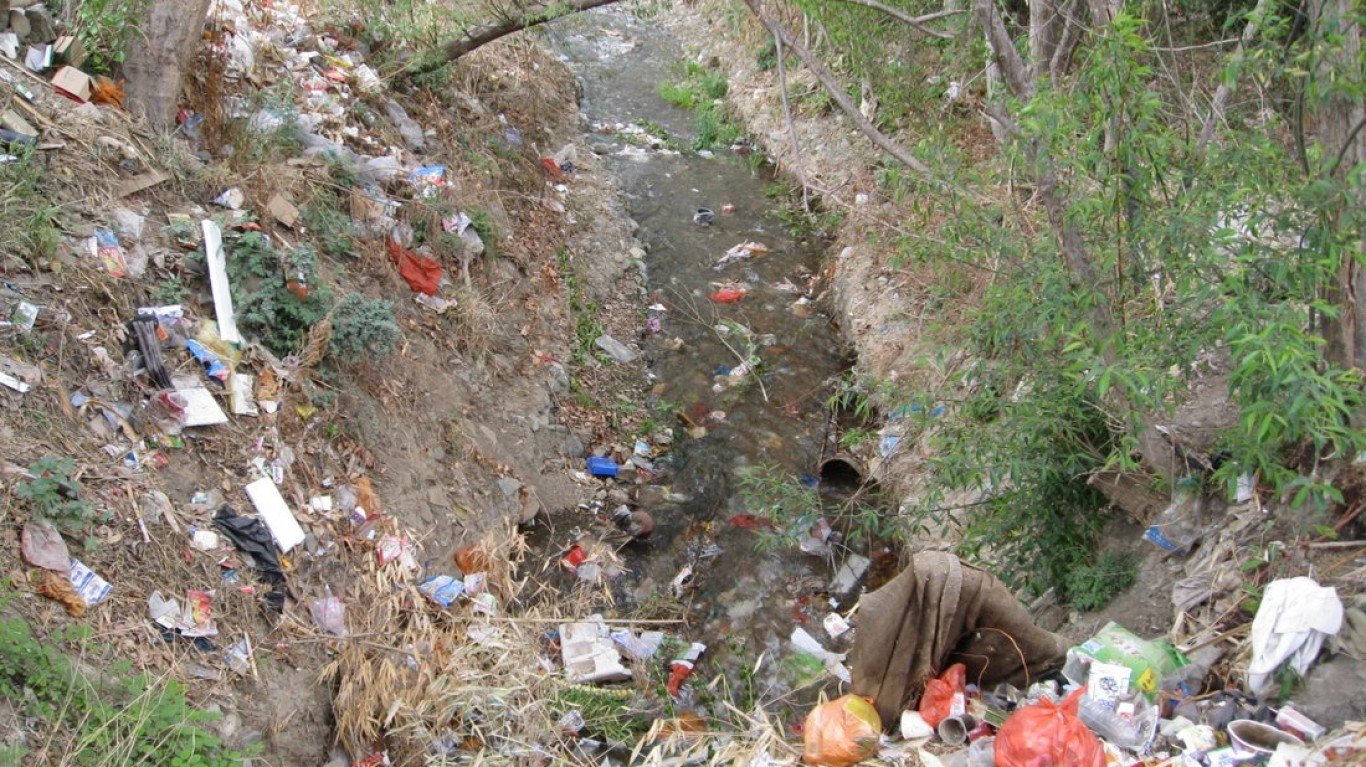
Retrn Bio is committed to transforming the packaging industry. It upcycles agro-industrial waste to sustainably manufacture bioplastics and has created cutting-edge polymers that are designed to be sustainable replacements for paper industry barrier coating. Its products are repulpable, home compostable, and marine biodegradable.
Founded in 2022 and based out of Syracuse, NY, “Innovate, Create, Disintegrate,” is Retrn Bio’s simple yet impactful motto. Its vision is to create and provide advanced bioplastics that will dissolve in our oceans instead of polluting them.
#10 Cool Amps Energy Solutions
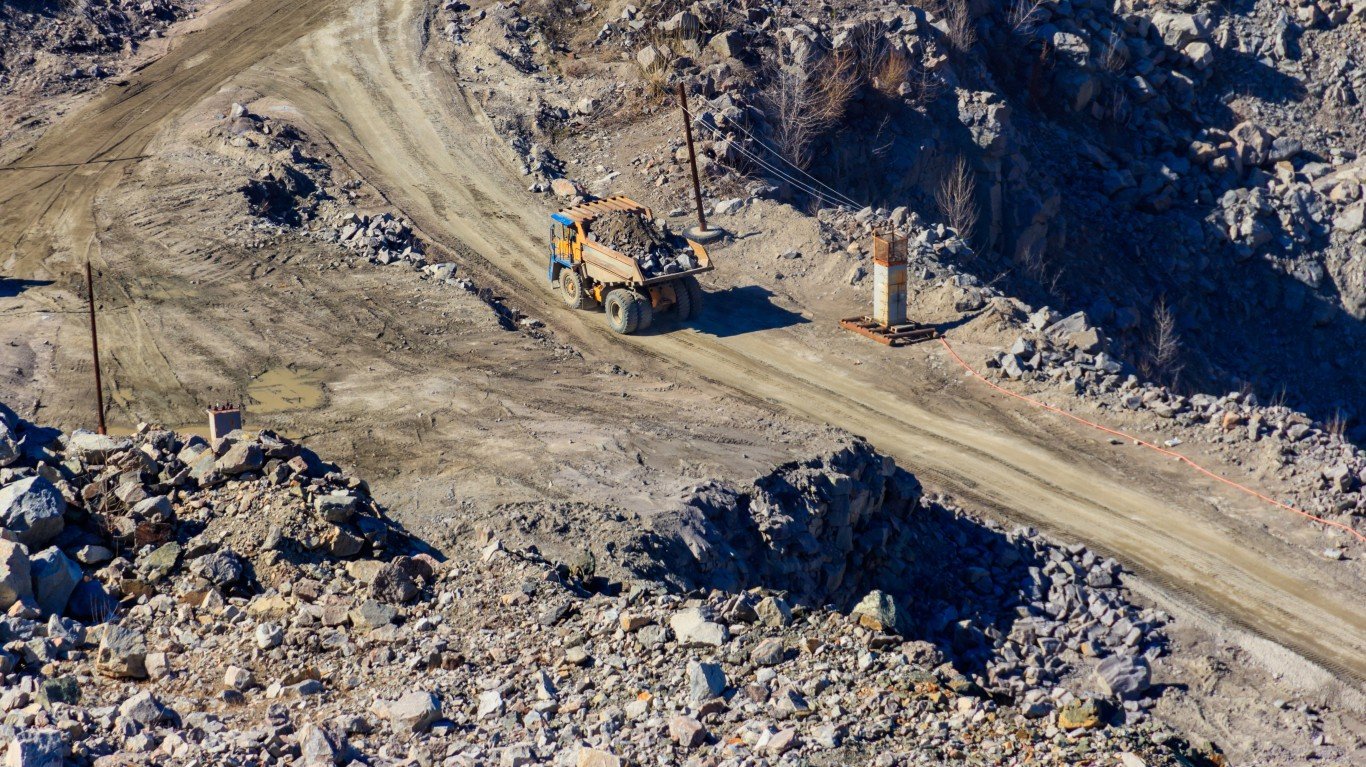
Cool Amps uses its cutting-edge 5-step recycling process to address the problem with Lithium battery recycling. Traditional Lithium battery recycling is expensive, dangerous, and oftentimes does more damage to the environment than good.
Cool Amps has developed a sustainable process that is more efficient and greener, has lower costs, and lessens the safety hazards of end-of-life battery shipment. Its electrochemical process avoids additional steps used in hydro and pyro metallurgy which results in overall less greenhouse gas emission per 1kg of batteries produced. It also is the missing link in a true closed-loop lithium battery supply chain. The traditional waste streams of Lithium recycling can be turned into profit, as well as provide supply-chain predictability.
This process also reduces human exploitation, as mining by hand is the only way to currently extract materials needed for lithium batteries. Miners, sometimes children, risk their lives and health daily for very little to no pay. Cool Amps is committed to eliminating the need for this exploitation and eradicating child labor mining.
#11 Purpose Energy

Purpose Energy seeks to solve to problem of overflowing landfills by employing Tribrid-Bioreactors, which are known as the most efficient digestors on the entire planet. Purpose Energy turns regular garbage into renewable energy through the production of methane, clean water, and useable soils and fertilizers. Since its founding, Purpose Energy has produced millions of kilowatts of energy and mitigated millions of tons of carbon dioxide that would otherwise have been released into the atmosphere.
Essential Tips for Investing: Sponsored
A financial advisor can help you understand the advantages and disadvantages of investment properties. Finding a qualified financial advisor doesn’t have to be hard. SmartAsset’s free tool matches you with up to three financial advisors who serve your area, and you can interview your advisor matches at no cost to decide which one is right for you. If you’re ready to find an advisor who can help you achieve your financial goals, get started now.
Investing in real estate can diversify your portfolio. But expanding your horizons may add additional costs. If you’re an investor looking to minimize expenses, consider checking out online brokerages. They often offer low investment fees, helping you maximize your profit.
Thank you for reading! Have some feedback for us?
Contact the 24/7 Wall St. editorial team.


